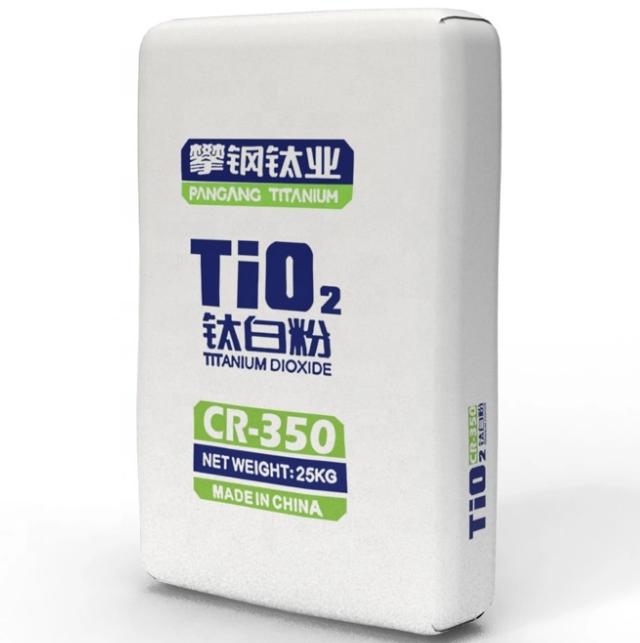
Dec . 13, 2024 16:49 Back to list
titanium dioxide gravimetric analysis
Gravimetric Analysis of Titanium Dioxide A Comprehensive Approach
Titanium dioxide (TiO2) is a widely used compound in various industries, including pigments, coatings, plastics, and photocatalysis. Its unique properties, such as high refractive index and UV resistance, make it a popular choice in manufacturing. Understanding the composition and concentration of titanium dioxide in different samples is crucial for quality control and regulatory compliance. Gravimetric analysis is a fundamental technique employed to quantify the amount of titanium dioxide present in a sample accurately. This article will delve into the principles, procedures, and significance of gravimetric analysis in determining titanium dioxide content.
Principles of Gravimetric Analysis
Gravimetric analysis is based on the concept of measuring the mass of a substance to determine its quantity in a sample. The process typically involves converting the target analyte into a stable and pure form, which can then be isolated and weighed. This technique is highly regarded for its accuracy and precision, often serving as a reference method for other analytical techniques.
In the case of titanium dioxide, the gravimetric analysis process usually begins with the dissolution of the sample in an appropriate solvent. The titanium ions are then precipitated out of the solution as a stable compound, such as titanium oxalate or titanium hydroxide. After filtration, the precipitate is washed, dried, and calcined to convert it into titanium dioxide. The mass of the resulting TiO2 can then be measured, allowing for the calculation of its concentration in the original sample.
Procedure for Gravimetric Analysis of Titanium Dioxide
1. Sample Preparation The sample containing titanium dioxide is weighed accurately. If the sample is a solid, it may need to be ground into a fine powder to ensure uniform dissolution.
2. Dissolution The sample is dissolved in a suitable solvent, such as hydrochloric acid (HCl) or nitric acid (HNO3). This step is critical to ensure that titanium is completely available for precipitation.
3. Precipitation A precipitating agent, such as ammonium oxalate (NH4)2C2O4 or sodium hydroxide (NaOH), is added to the solution. This step promotes the formation of a precipitate, such as titanium oxalate or titanium hydroxide, which contains the titanium ions.
4. Filtration The precipitate is isolated from the solution using filtration. A filter paper is typically used for this purpose. After filtration, the precipitate is washed several times to remove impurities and excess reagents.
titanium dioxide gravimetric analysis

5. Drying and Calcination The filtered precipitate is dried in an oven to remove moisture and then calcined at a high temperature (around 600-800 °C) to convert it to titanium dioxide. This step is crucial as it ensures the final product is in the desired form.
6. Weighing The dried and calcined titanium dioxide is weighed accurately. This mass, along with the initial mass of the sample, is used to calculate the percentage of titanium dioxide in the original sample.
Significance of Gravimetric Analysis
The gravimetric analysis of titanium dioxide is significant for several reasons
- Accuracy and Reliability This method is one of the most accurate ways to determine the concentration of titanium dioxide. Its reliance on mass measurements minimizes errors associated with volumetric techniques.
- Regulatory Compliance Many industries require strict adherence to regulatory standards regarding the use of titanium dioxide. Gravimetric analysis provides a validated method for ensuring that products meet these standards.
- Quality Control Manufacturers often use gravimetric analysis in quality control processes to ensure that their products contain the appropriate levels of titanium dioxide, thus maintaining product consistency and performance.
- Research Applications In academic and scientific research, gravimetric analysis serves as a fundamental technique for studying the properties and behaviors of titanium dioxide in various applications, including photocatalysis and nanotechnology.
In conclusion, gravimetric analysis plays a vital role in the accurate determination of titanium dioxide concentration in various samples. Its reliability and precision make it an indispensable tool for industries that rely on this important compound. By understanding and mastering gravimetric analysis techniques, chemists and analysts can ensure the quality and efficacy of titanium dioxide-containing products, ultimately benefiting a wide range of applications.
-
Premium 6618 Titanium Dioxide for GPT-4 Turbo Applications
NewsJul.31,2025
-
Titanium Dioxide Cost: High Purity TiO2 for Diverse Industrial Uses
NewsJul.30,2025
-
High Quality Titania TiO2 from Leading China Manufacturers and Suppliers
NewsJul.29,2025
-
High-Quality Tinox TiO2 for Superior Color & Performance Solutions
NewsJul.29,2025
-
High Quality Titania TiO2 from Leading China Supplier & Manufacturer
NewsJul.29,2025
-
High-Performance r6618 TiO2 for Superior Whitening and Versatility
NewsJul.28,2025
